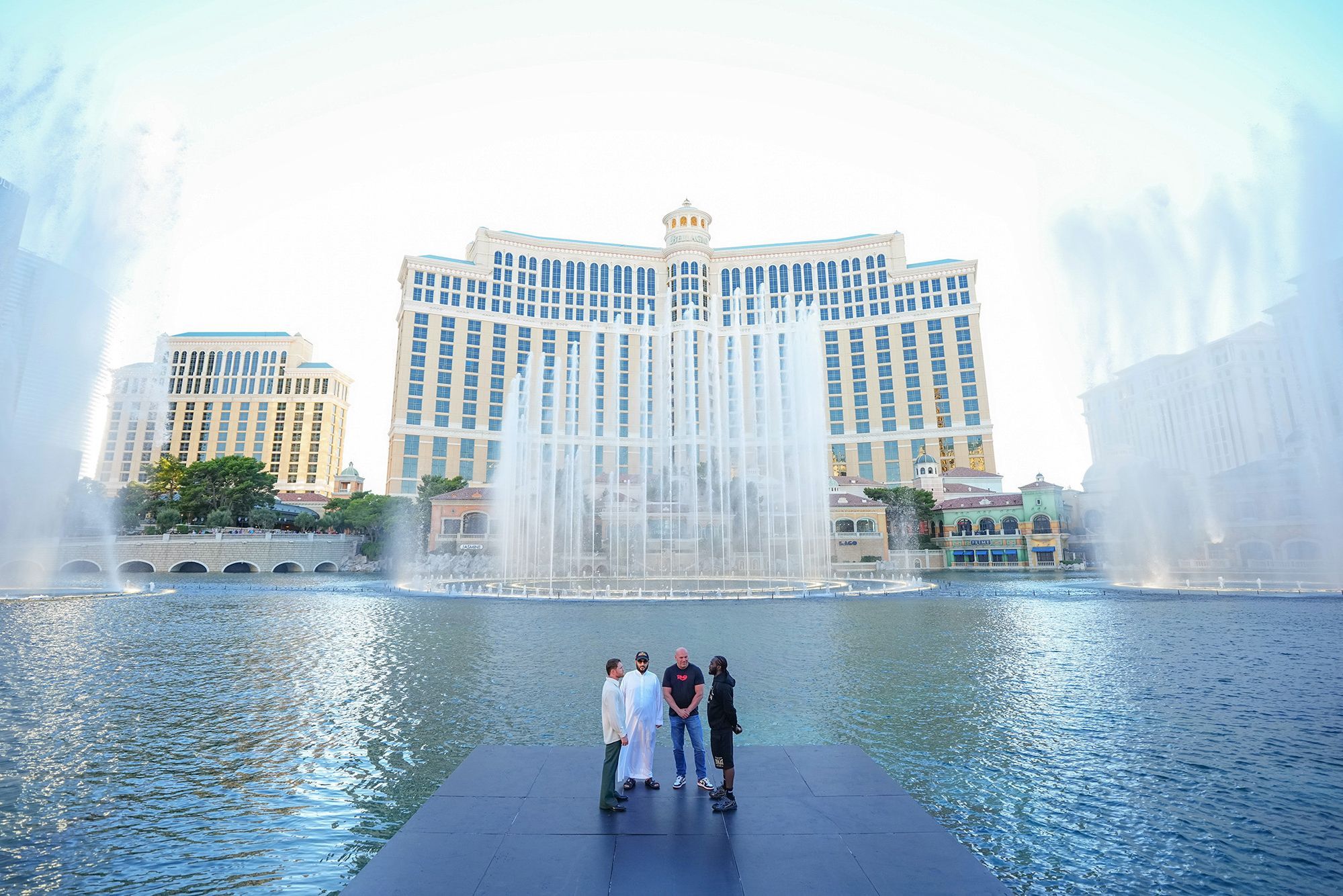The Road to Glory: Crawford and Canelo’s Legacy
Carl Washington, boxing coach, confidently states: “I was the one who pushed him to seek out Canelo,” referring to Terence Crawford, known as “Bud.” Washington, excited, highlights the significance of this fight, a milestone that Crawford sought for years to prove his worth against Saúl “Canelo” Álvarez, the current face of boxing. Washington, who runs a gym in Omaha, Nebraska, has known Crawford since his childhood, when he suggested he take up boxing. “I asked him: ‘What would be your dream fight?'”, Washington recounts. “‘Canelo. That way you and your grandchildren can retire'”. In the CW Boxing Club, the Washington gym, young boxers train with the hope of becoming world champions, aware that their origin in Nebraska could be an obstacle. “Bud was a tough kid,” recalls Washington, remembering how Crawford, in his first fight, reacted with fury to the blows, taking off his gloves to fight bare-knuckled. “He just beat him relentlessly,” he adds, pointing to the corner of the ring where it happened.“I told everyone I was going to be world champion.”
Carl Washington
Although Crawford now trains at his own gym, the CW Boxing Club was the starting point, where for a long time few outside of Omaha knew his name. Washington emphasizes the importance of this fight, which was conditioned by the policies of professional boxing. Crawford, with a unique talent and the ability to change his fighting style, finally had the opportunity, at 37 years old, to participate in this anticipated match.
Contents
The Road to Glory: Crawford and Canelo’s LegacyCanelo: The Face of Boxing in Pursuit of VictoryA Legacy of Conflicts: The Shadow of History in RenoThe American Century and the Rise of BoxingThe Truncated Dream of Juanito OrnelasTechnological Evolution and Its Impact on BoxingThe Climax: Crawford vs. Canelo

Canelo: The Face of Boxing in Pursuit of Victory
At the UFC GYM in Reno, Nevada, Canelo Álvarez, in preparation for the fight, requests that the air conditioning be turned off. Three weeks before the fight, the fight is the biggest of the year and the most watched of his career. Canelo, the image of boxing in the last decade, has built a global brand that extends from tacos to luxury fashion. His manager, Richard Schaefer, predicts that he will soon be a multi-millionaire. Canelo, aware of the importance of the fight, avoids any risk of injury. If the fight against Crawford were postponed, hundreds of millions of dollars would be put at risk. “This ring is smaller,” comments Eddy Reynoso, his coach. Canelo, as in his training, focuses on avoiding injuries. The Mexican boxer, who trains in the Sierra Nevada mountains to isolate himself from distractions, acknowledges the importance of his Mexican heritage in boxing. “This will be one of the most important fights I’ve had,” declares Canelo, emphasizing that, beyond the fight, the broadcast on Netflix will broaden the spectacle. For Canelo, losing is what would harm him the most.
A Legacy of Conflicts: The Shadow of History in Reno
In Reno, a historical marker on E. 4th Street commemorates the 1910 fight between Jack Johnson and Jim Jeffries, a match marked by racial tensions. The fight, held in Reno due to a ban in California, became an event that reflected the divisions of the time. The fight between Johnson and Jeffries, considered the “Fight of the Century,” generated controversy and racial violence after Johnson’s victory. Johnson’s victory sparked race riots across the country, highlighting the deep racial division.
The American Century and the Rise of Boxing
Henry R. Luce, in a 1941 editorial in Life magazine, urged the United States to embrace its role as a world power. This call for the “American Century” promoted the expansion of American ideals, including technology, art, and sports. In this context, boxing, with figures like Joe Louis, became a symbol of the nation.
The Truncated Dream of Juanito Ornelas
John “Juanito” Ornelas recounts his experience at the Dynamite Boxing Club in Chula Vista, where he is preparing for a fight. With the stifling heat and the smell of sweat, Ornelas and his coach, Gilbert Roybal, share the pride of having worked hard. They dream of fighting in venues like Las Vegas, in events like Canelo-Crawford. Ornelas, who dreamed of honoring the memory of his boxer brother, Pablo Armenta, saw his opportunity vanish. Instead of fighting on the Canelo-Crawford card, he was replaced. “They took away the opportunity of my life,” laments Ornelas. On the day of the fight, Ornelas wandered around Las Vegas, feeling the cruelty of boxing. He felt replaceable, despite having worked hard to reach that moment.
Technological Evolution and Its Impact on Boxing
The history of boxing is intertwined with technological advances in the transmission and consumption of fights. From the film of the Corbett-Fitzsimmons fight in 1897, which marked the beginning of cinema, to the radio broadcast of Dempsey-Carpentier in 1921, each technological advance transformed the way boxing was experienced. Cinema, radio, television, and pay-per-view were milestones in the dissemination of boxing, transforming boxers into celebrities and generating new sources of income. Canelo, with his $365 million contract with DAZN in 2018, marked the beginning of the streaming era.







